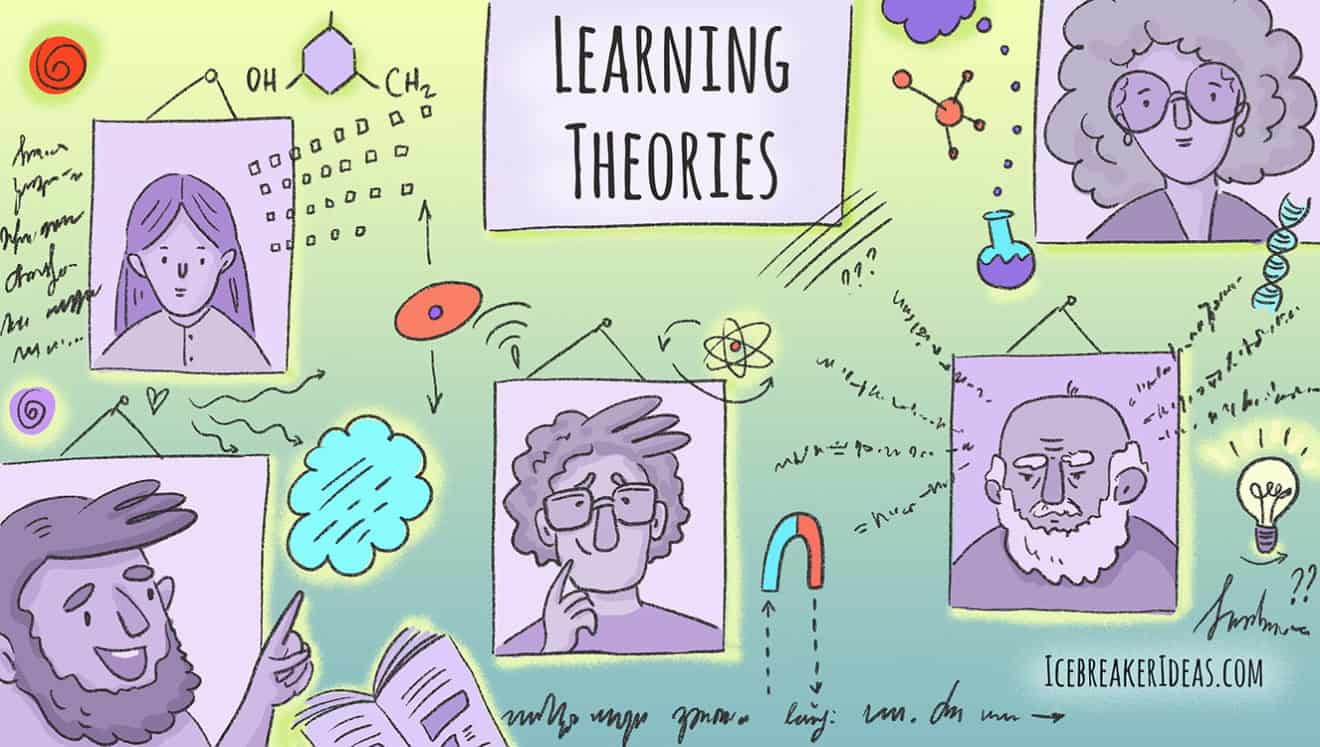Blog #2 :The Definition of Learning
Welcome back! Blog number 2 is going to focus on the definition of learning and the implications it has in the classroom.

Learning is a very complicated word to define! As a future teacher one thing I do know is that I will be committed to being a lifelong learner. During this session, the main point that stood out to me was that ideas no not exist in isolation and teachers can use this and the different learning theories to improve their teaching practices. To me, the different learning theories do not exist separately but together; one theory is not more efficient than the other. The different learning theories discussed are folk theories, behaviourist theories, constructivist theories, and socio-cultural theories (Davis et al., 2019). Each of these theories has their strengths and weaknesses in their ideas and implications for teaching. However, the assumption here is that knowledge is an object that exist outside of individuals and learning is the process of gaining knowledge as an object from the outside to the inside (Davis et al., 2019).
During this lesson, the class watched multiple videos on different learning theories in action in a classroom (all linked below). These videos created a question that is very complicated to answer: What theory is the best to incorporate into a classroom? This question cannot truly be answered! What are we suppose to do with this information?!?! This creates some stress as a future teacher. The definition of learning influences decisions about formal education (Davis et al., 2019). However, this definition is not stable or concrete. So as a future teacher, I must remember that the definition of learning is going to change depending on the student. This stress that I feel is connected to the notion that my goal as a teacher is to support every child in a room, and to do this multiple learning theories need to be used. Learning is one of most troubling ideas in education (Davis et al., 2019). So how are teachers suppose to effectively teach a class full of differing needs? This is a question that may never have a solid answer, just like the definition of learning. Some ideas that came up in discussion were creating an interactive learning environment, that is learning by doing instead of learning by being taught information. This means having innovative classroom designs.
Behaviourism: https://www.youtube.com/watch?v=sRc9Noz80ko
Cognitivism: https://www.youtube.com/watch?v=ibBPqfnhFhU&list=LL8G4968VS8y_gkm-9tUydlQ&index=3
Constructivism: https://www.youtube.com/watch?v=yoTdojKImb4&list=LL8G4968VS8y_gKm-9tUydIQ&index=5
Socio-cultural learning: https://www.youtube.com/watch?v=vy9LpeXGpiw&list=LL8G496VS8y_gKm-9tUydIQ&index=4

As a future teacher, I hope to incorporate many of the different theories into my classroom as difficult as that might be to do. I believe it is extremely important to include many different theories as a classroom is full of different types of learners; what works for one may not work for the other. In saying this, all the learning theories cannot be combined at once in an effective manner, this may cause stress to me the teacher and to the students in the classroom. Gauging the needs of a classroom is crucial, just like how not one student is the same, every classroom unit is unique.
As always, I welcome you back to my blog in the upcoming weeks. Feel free to leave any comments and questions!
References
Davis, B., Francis, K., &Friesen, S. (2019). STEM Education by Design Opening Horizons of Possibility. Routledge



Comments
Post a Comment